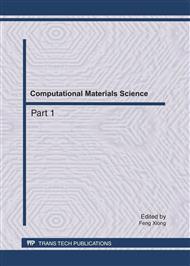p.540
p.546
p.552
p.557
p.561
p.568
p.574
p.581
p.584
Practical Research into the Degree of Influence by the Intrinsic Motivation and the Extrinsic Motivation
Abstract:
Language learners are not machines to be programmed but people with likes and dislikes, weaknesses and prejudices. This paper intends to discuss the affective factor --motivation of language learners. The author surveys motivation with the focus on the classification of intrinsic motivation and extrinsic motivation and compares their different influences on senior high school students. Anyway, the author aims to provide some suggestions and first-hand datum for high school English teaching.
Info:
Periodical:
Pages:
561-567
Citation:
Online since:
July 2011
Authors:
Keywords:
Price:
Сopyright:
© 2011 Trans Tech Publications Ltd. All Rights Reserved
Share:
Citation:


